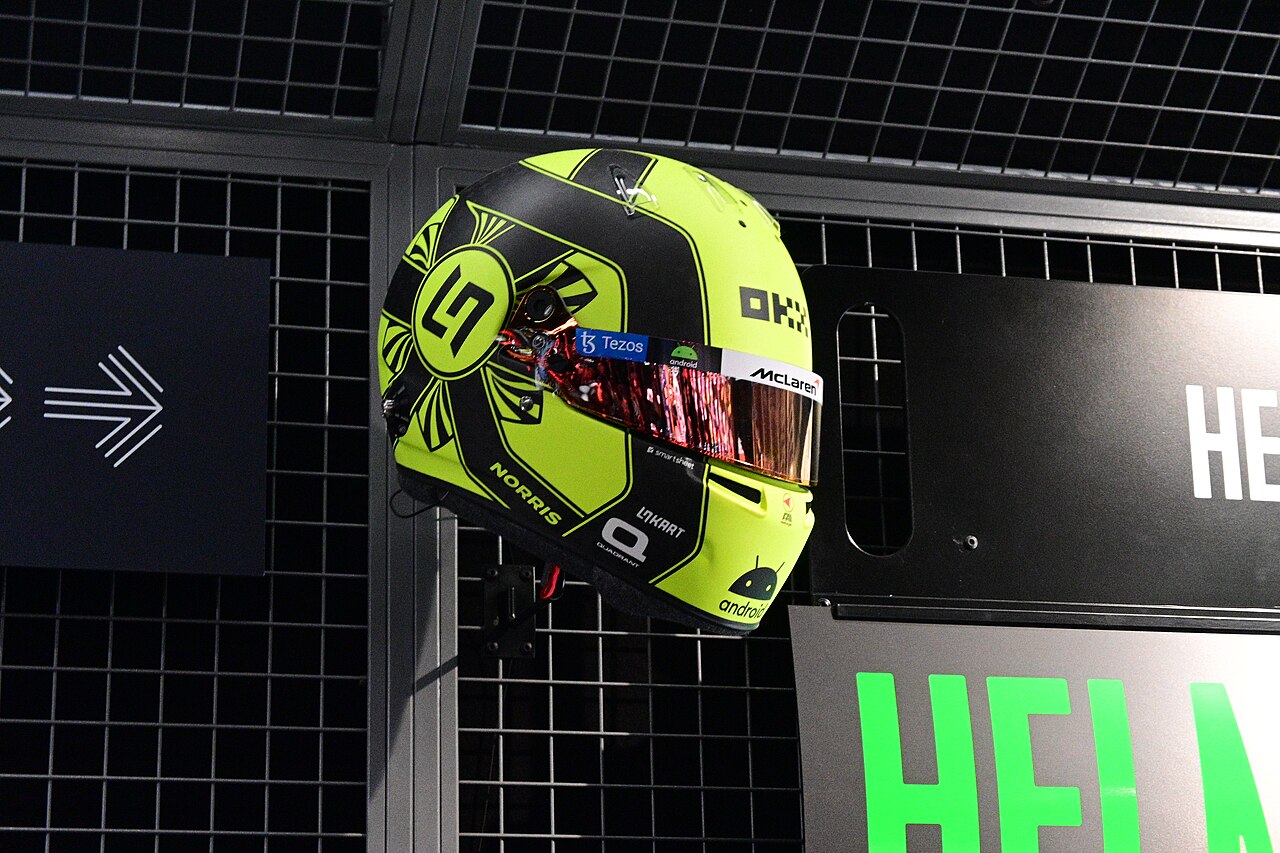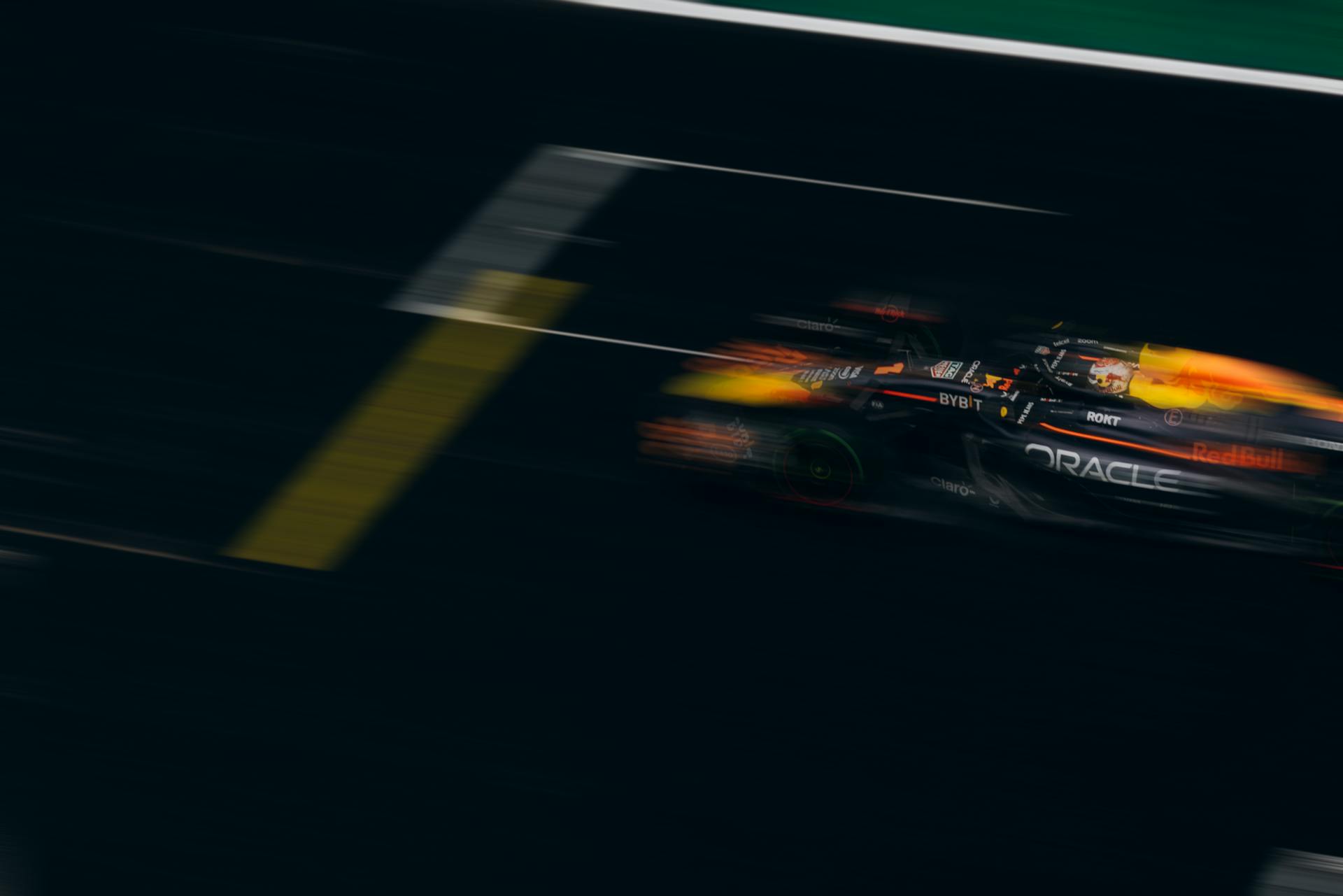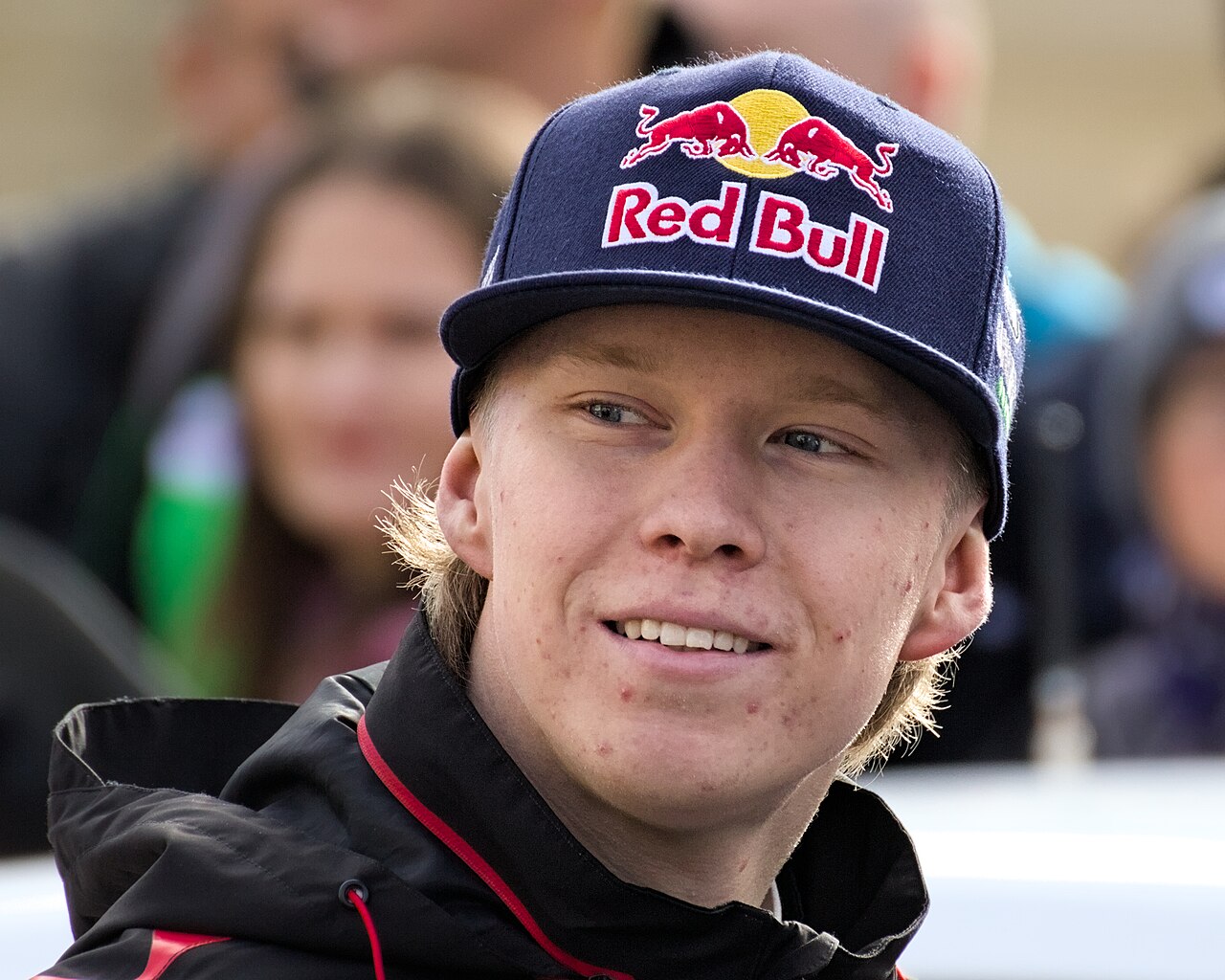The official entry of the Cadillac Formula 1 Team starting in 2026 marks a turning point for the commercial ecosystem of the top series. It is not just about the eleventh box on the grid: it is the arrival of a global manufacturer with a technology and brand equity portfolio capable of shifting the axis of conversations with sponsors and partners, especially after years of very strong demand that had made the market crowded, competitive, and somewhat stagnant.
With a debut planned for 2026 and the goal of becoming “full works” with approved GM power units by the end of the decade (in the immediate term, they will start with customer powertrains), Cadillac’s entry creates new activation areas and reopens negotiating space for brands that in recent championships struggled to find distinctive positions.
The context: a saturated market that was in danger of becoming rigid
In recent years, aided by the geographic expansion of the calendar, the growth of viewership and the maturity of the media product, the sponsorship in Formula 1 has experienced exceptional demand. Major teams have consolidated portfolios with space occupancy levels approaching 100 percent and multipliers steadily rising; in parallel, many “late movers” brands have found higher barriers to entry, less premium inventory and a real risk of being reduced to tactical presences, with modest branding and little integration.
The result has been a market with many signatures but limited opportunities for true differentiation. In such a framework, a new team is not just new inventory: it is a different narrative, new brand archetypes, a partnership ecosystem starting from scratch with ample design space-and therefore with margins to create value.
Why Cadillac is changing the competitive dynamic
Cadillac brings to F1 a strongidentity-American heritage, contemporary design, technological luxury-and an industrial group (GM) with key technologies on electrification, software-defined vehicles, driver assistance, and advanced manufacturing. It is a rare combination in the paddock: high symbolic capital + high engineering capability + medium-term vision.
Industrial direction enables deep B2B integrations (materials, processes, software, analytics, supply chain), while brand positioning opens up lifestyle and fashion spaces: it is no coincidence that the first partnership announcements already have a distinctively U.S. -led brand feel.
Sports side: experience first. Here are Bottas and Pérez
For the 2026 debut, Cadillac has chosen a pair of highly experienced drivers: Valtteri Bottas and Sergio Pérez. It is a decision that for a newcomer team has a specific meaning: to reduce technical uncertainty, accelerate development cycles, and immediately access top-level feedback on setup, data-track correlation, and race processes.
The learning curve for new teams historically is steep; targeting profiles with hundreds of GPs behind them helps compress learning time and costs and de-risk phase 1 of the project. The official announcement also confirms the desire to present itself as a credible reality from day one, balancing ambition and pragmatism.
The Mexican and the Finn, backed by numerous successes and long years in major garages, bring experience, peace of mind and minimize uncertainties, providing peace of mind to a team that will certainly face many challenges during its entry into Formula 1.
Motorization and technical horizon
The sports plan is to debut in 2026 with customer power units, pending GM Performance Power Units approval as a full-fledged manufacturer at the end of the decade. This scheme-customers in the short term, “works” in the medium term-means presiding over the F1 platform immediately while simultaneously developing core competencies internally on next-generation hybrid architectures. For sponsors and tech-driven partners, it means access to multi-year roadmaps and high-content co-development programs.
How Cadillac’s entry reopens doors for investors: Ansoff’s lens
To interpret opportunities, we use Ansoff’s Matrix, a framework that distinguishes four growth trajectories: Market Penetration, Market Development, Product Development, and Diversification. Applied to the sponsorship context, the matrix helps to choose where and how to invest by reducing the risk of “me too” choices.
Market Development: new markets and new segments
The arrival of a second U.S. team (HAAS is the first, although the team’s platforms are almost full Europe) and a heritage brand like Cadillac opens natural windows to North American markets and audience clusters where F1 still has room to penetrate (geographic areas, language communities, socio-demographic categories). For European brands, Cadillac is a bridge to U.S. audiences with an “American luxury meets global performance” narrative.
For U.S. brands, it is an opportunity to enter F1 without having to “adopt” historic European team codes, benefiting from a closer cultural identity and local touchpoints (activations in key markets, hospitality, pop-up retail, education with universities and technology hubs). In terms of Ansoff: same product (F1), new markets/segments.
Product Development: new value propositions for sponsors
A new team enables the design of partnership assets from scratch: modular packages, naming and titling, media rights, data partnerships, phygital experiences, proprietary editorial content, and vertical ESG programs.
It is product development in Ansoff’s sense: developing richer (or different) “sponsorship products” while holding markets steady. For example: hospitality formulas designed for North American audiences; joint business plans with channel KPIs (retail, e-commerce) integrated with the F1 platform; co-innovation hubs on batteries, materials, simulation software; workforce development and STEM education programs. :contentReference[oaicite:5]{index=5}
Diversification (selective): beyond traditional sponsorship
The real novelty is the possibility of going beyond logo-on-car: co-creation of co-branded products and services, fashion and lifestyle capsules (the trajectory is already glimpsed in early partnerships), serial content and docu-entertainment, shared data platforms for retail media. For companies with global ambitions, F1 becomes a vehicle for testing new business models straddling hardware, software and content.
What does it mean, concretely, for sponsors and partners
1) Truly negotiable premium spaces. A new team offers free inventory and high-profile locations on single-seaters, suits, pits, digital, and content-not “cutouts,” but visual architectures designed together from the beginning.
2) Distinctive storytelling. American visual grammar and narrative-heritage, innovation, boldness-creates a differential from established European codes. It is an advantage for lifestyle, fashion, tech consumer, finserv, and digital native brands seeking a recognizable cultural tone.
3) Deep and measurable B2B. Integration with GM enables supplier development programs, industrial pilots, software and ADAS know-how exchanges, validations in high-performance environments. Here sponsorship becomes a platform for innovation.
4) Reducing entry risk. The Bottas-Pérez pair raises the quality of technical feedback and gives immediate credibility to the project-a more investable context for those who demand clear governance and sporting accountability.
Guidelines for building an effective (and different) project
- Define the role of sponsorship in the value chain: visibility, sales, innovation, HR/Employer Branding, or combinations of these. Without a clear value hypothesis, even a “new” asset risks replicating the existing.
- Redesign assets with “product development” logic. Modular packages, media and IP rights, data-sharing, activation toolkits for local markets; no “catalog” solutions.
- “Market development” approach for North America. Joint retail and trade plans; experiential marketing on Miami, Austin, Las Vegas; social/localized content; community and DE&I programs rooted in the territory.
Measurement: define KPIs first (brand lift, share of search, incremental reach, CPL/CPA, contribution to sell-out, B2B pipeline, hospitality NPS) and link them to technical and sports team milestones.
Why “new doors” really matter in a saturated marketplace
Saturation is not just a matter of finite space: it is primarily a lack of meaningful novelty. Cadillac introduces substantial novelty on three levels: cultural (American narrative of luxury and performance), industrial (integration with GM and transition to proprietary power unit), and sporting (experienced line-up that can shorten competitive time). Together, these elements reopen the range of possibilities for investors who demand to combine global exposure, innovation, and measurable business impact.
Operational checklist for brands
- Strategic alignment: clarify whether the main objective is market or product development (or both) and choose assets accordingly.
- Prioritize “buildable” rights: choose levers that enable annual evolutions (IP, content, data, retail media), not just static logos.
- North America playbook: integrating trade alliances, retail calendar and experiential activations in key markets.
- Governance and measurement: joint marketing-sales-innovation committees, quarterly OKRs and shared brand/commerce dashboard.
Conclusion
Cadillac’s entry into Formula 1 is more than just a roster expansion-it is a competitive reset that restores breath to a market that has come to the brink of differentiation. For sponsors and partners it is an opportunity to re-enter (or move up) with projects designed on the Ansoff Matrix-marketdevelopment to new audiences and product development of richer assets-maximizing return in terms of brand, sales and innovation.
RTR Sports supports global companies in designing and negotiating Formula 1 partnerships with a data-informed, results-oriented approach. If you are evaluating the Cadillac opportunity-or want to reposition your F1 investment for market/productdevelopment-let’s talk: let’s turn new team entry into a measurable competitive advantage together.







